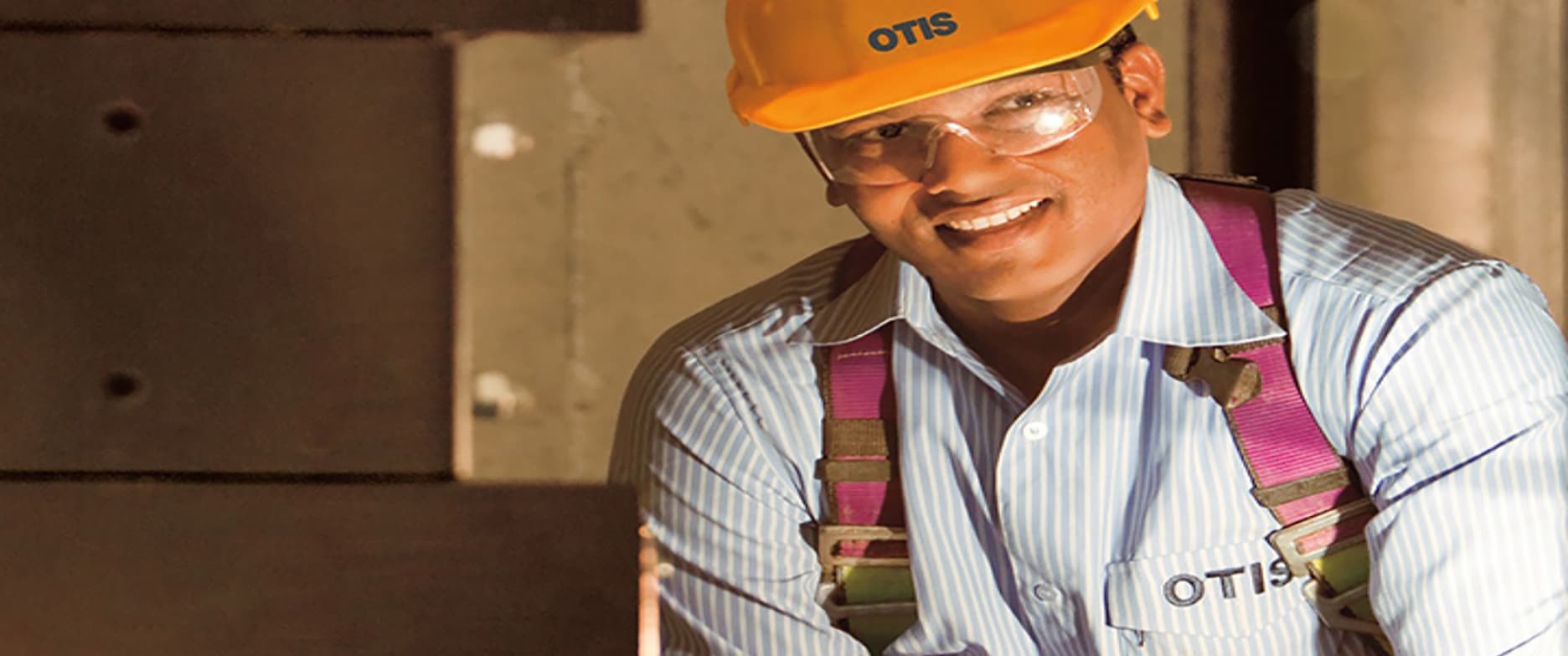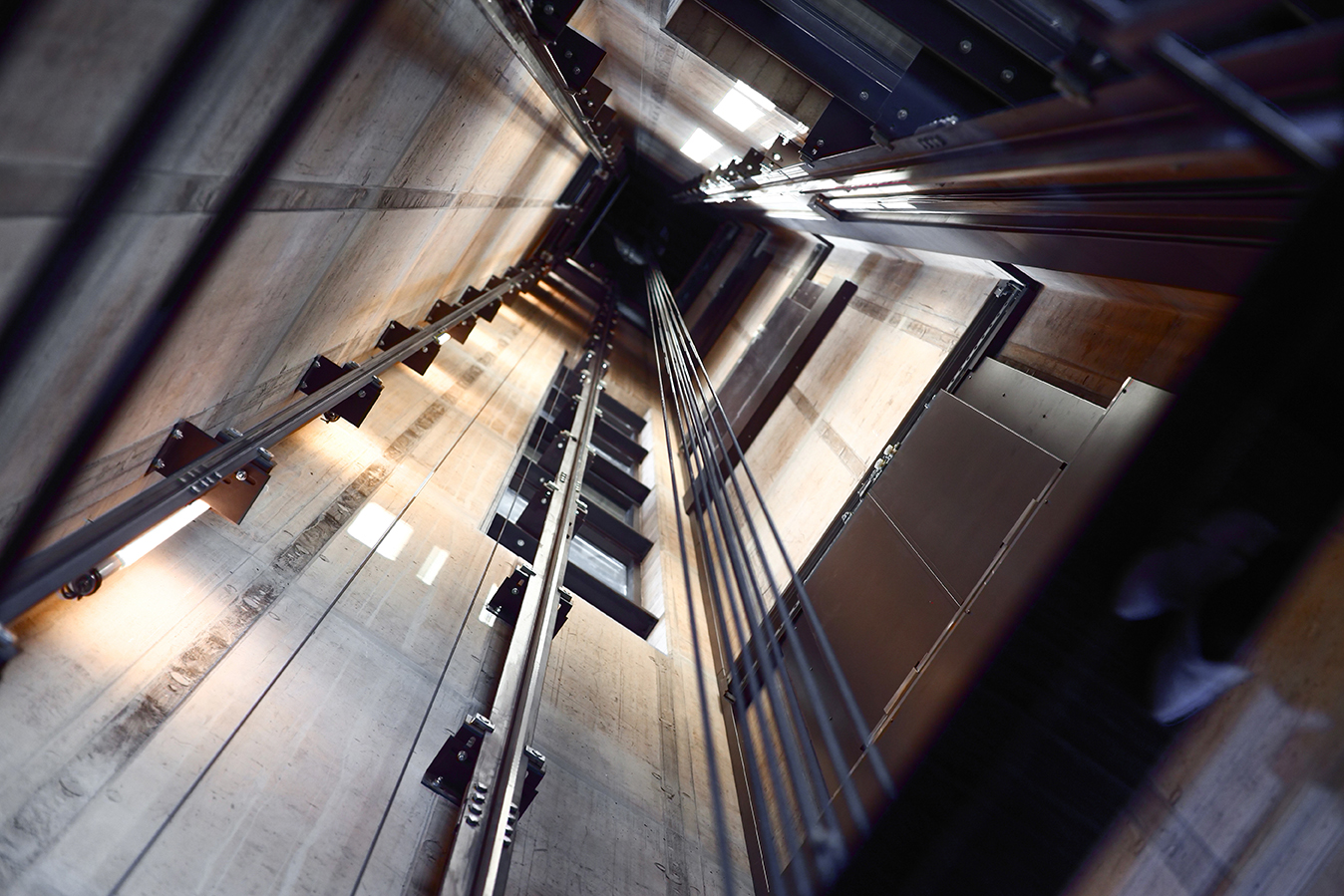Essential Factors to Take Into Consideration for Lift Maintenance
When it comes to the risk-free and efficient procedure of lifts, taking into consideration essential upkeep elements is vital. It is essential for building managers and upkeep employees to remain in advance of these elements to copyright the lift's efficiency criteria and conformity demands.
Regular Examination Schedules

Carrying out regular inspections not just enhances the total performance of the elevator but also plays an important function in abiding with security guidelines and market standards. It makes certain that the lift operates smoothly, lessening the threat of unexpected malfunctions that could hassle occupants or compromise safety and security. Furthermore, regular evaluations add to lengthening the life expectancy of the lift tools, ultimately lowering maintenance prices and downtime.
To improve the evaluation process, many structure owners partner with certified lift upkeep firms that specialize in conducting detailed assessments and supplying punctual maintenance services. By prioritizing routine assessment timetables, stakeholders can copyright the safety and security, dependability, and performance of their lift systems.
Appropriate Lubrication Methods
Reliable lubrication practices are crucial for preserving the ideal performance and longevity of lift components. Appropriate lubrication techniques play a critical function in preventing wear and tear on relocating components, minimizing rubbing, and ensuring smooth operation of the elevator system. When it involves elevator maintenance, using the appropriate lubricating substances in the correct quantities at the recommended periods is crucial to avoiding costly repair services and minimizing downtime.
To guarantee proper lubrication, elevator service technicians must comply with maker guidelines pertaining to the sort of lubricant to be made use of for specific elements such as bearings, gears, and guide rails - lift repair companies near me. Over-lubrication can attract dirt and debris, causing component breakdowns, while under-lubrication can cause enhanced friction and premature wear. Frequently scheduled lubrication upkeep ought to be included in the overall lift maintenance strategy to keep the system running successfully and safely
Checking Deterioration
Elevator maintenance personnel should conduct routine evaluations to recognize signs of wear on essential components such as ropes, sheaves, overview rails, and bearings. Additionally, keeping thorough maintenance records can help in tracking the wear patterns of elevator components over time, permitting for anticipating upkeep planning. By very closely checking wear and tear, maintenance teams can resolve problems proactively prior to they rise right into costly repair work or unforeseen downtime, making certain the effective and risk-free procedure of the lift system.

Safety And Security Conformity Checks
Conducting extensive security compliance checks is essential in ensuring the lift system meets all functional needs and regulative standards. Security conformity checks include a comprehensive evaluation of different parts such as emergency brakes, door sensing units, interlocks, and electric systems to assure they are functioning properly. Regular inspections by qualified professionals help determine prospective safety risks before they intensify into significant issues, making sure the security of guests and compliance with market laws. These checks also involve validating that the elevator's capacity restrictions, speed, and emergency situation communication systems remain in line with security standards. Furthermore, adherence to security compliance checks can protect against accidents, minimize liability risks for building owners, and expand the life-span of the lift system. By prioritizing find more information security conformity checks as part of routine upkeep, structure managers can support a efficient and secure vertical transport system for owners.
Emergency Situation Reaction Planning
Because of the vital relevance of safety compliance checks in keeping lift systems, a robust emergency situation reaction planning method is paramount to quickly and successfully address unanticipated occurrences. lift engineer course. Emergency feedback planning for lifts entails aggressive procedures to make sure the safety of travelers and upkeep workers in the event of emergency situations such as power failures, entrapments, or mechanical failings
Trick elements of a reliable emergency situation reaction strategy include establishing clear communication procedures, giving normal training to staff on emergency situation treatments, maintaining current emergency call lists, and performing regular drills to exercise action activities. Furthermore, it is vital to have designated personnel liable for working with emergency situation feedbacks and making sure that needed tools, such as emergency situation lighting and communication tools, remain in working order.
Verdict
In final thought, it is crucial to prioritize routine examination routines, proper lubrication methods, keeping track of deterioration, safety and security compliance checks, and emergency situation response preparation for elevator upkeep. By implementing these essential factors, structure proprietors can make certain the security and performance of their lifts, ultimately decreasing the risk of breakdowns and crashes. Regular upkeep methods are crucial for extending the life-span of lifts and ensuring the well-being of people that count on them for transportation.
Regularly set up lubrication maintenance must be included in the overall elevator maintenance strategy to maintain the system running successfully and safely.
Elevator upkeep workers must conduct regular evaluations to determine signs of wear on essential parts such as ropes, sheaves, overview rails, and bearings. Additionally, maintaining comprehensive maintenance records can help in tracking the wear patterns of lift elements over time, enabling for predictive upkeep planning. By carefully click for source checking wear and tear, upkeep teams can address concerns proactively before they intensify find more information into expensive fixings or unanticipated downtime, ensuring the safe and reliable procedure of the elevator system.
